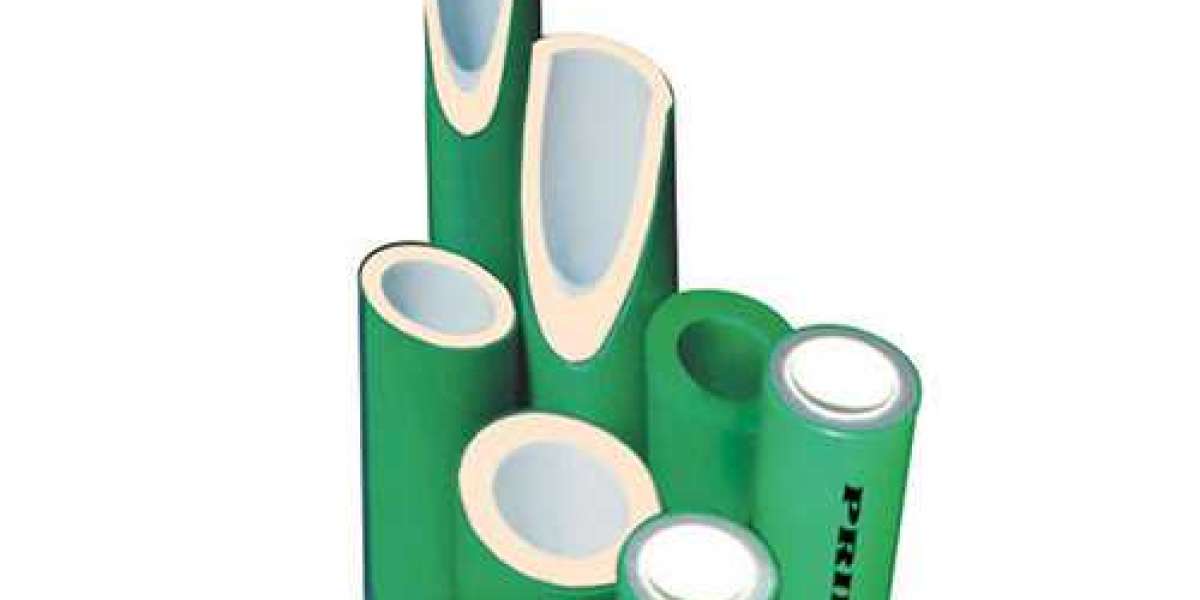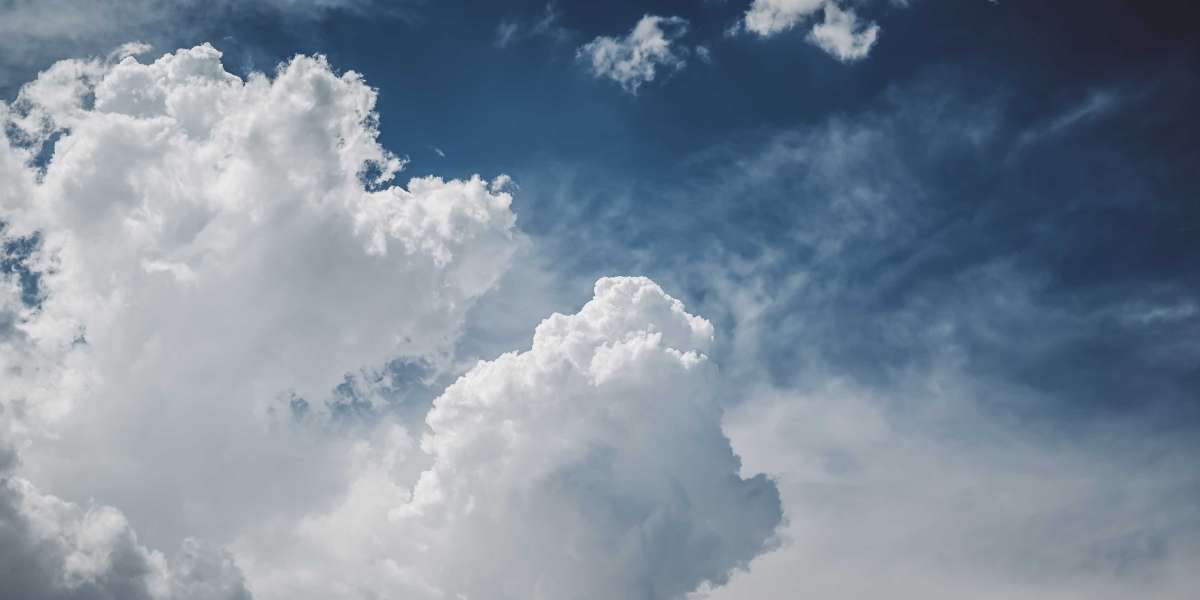Since its development in the early 90s, the application of polypropylene random copolymer pipes has become commonplace. So, if you have heard about these pipes and are unaware of them, let us understand PPR pipes and explore their various characteristics. Here are also a few applications of these pipes.
About PPR pipes
PPR pipes are straight and unbending cylindrical pipes produced using polypropylene random copolymer plastic. It is made using a continuous extrusion process.
Characteristics of PPR pipes
The various characteristics of PPR pipes include:
- Offers mechanical and chemical endurance
Compared to traditional plastic piping systems, PPR provides very high resistance to abrasion by hard particles. This is especially crucial for well water or industrial applications where the liquids that are transferred may have abrasive particles. PPR is also inert to most chemicals and electrolytes over a range of temperatures. This electrolytic and chemical inertness makes such pipes safe for high water salinity or highly corrosive chemicals.
- A smooth inner surface
The inner surface of PPR pipes is very smooth, and compared to traditional piping, it has a very low friction coefficient. This decreases the pressure losses during fluid transport and distribution and further contributes to the energy efficiency of PPR piping systems. PPR also does not flake or scale, making it safer to use.
- Durable
PPR pipes may function for over 50 years at various fluid and environmental operating temperatures. These pipes are also durable in hot and cold water systems. They can endure the temperature and pressure strain of hot water systems. Additionally, pipes of PPR can withstand impacts even in cold weather installations without the risks of breaking or cracking.
- Low thermal conductivity
PPR’s thermal conductivity is very low. Consequently, temperatures cannot be easily conducted from the exterior environment to the liquid in the pipe and vice versa. This factor minimises the loss or gain of heat during the transfer of hot or cold fluids, respectively. Consequently, it results in energy-efficient systems and lower insulation costs for PPR piping.
- Economically efficient
PPR pipes are lightweight, so their transportation, handling, and installation do not require much energy or manual labour. They are also easy to join, cut, and work with, making them more economically sustainable. PPR fittings and pipes can also be joined only by using heat. They do not need any additional materials or chemicals, contributing to their low usage cost and environmental impact.
Applications of PPR pipes
PPR pipes have numerous applications. A few of these include:
- Cold and hot water piping in residential and public installations.
- Industrial piping for transferring sanitary liquids, water, and compressed air.
- Extensively used for irrigation systems in the agriculture sector.
Conclusion
Now that you know about PPR pipes and their essential characteristics, you can make an informed decision about whether you should select them.







